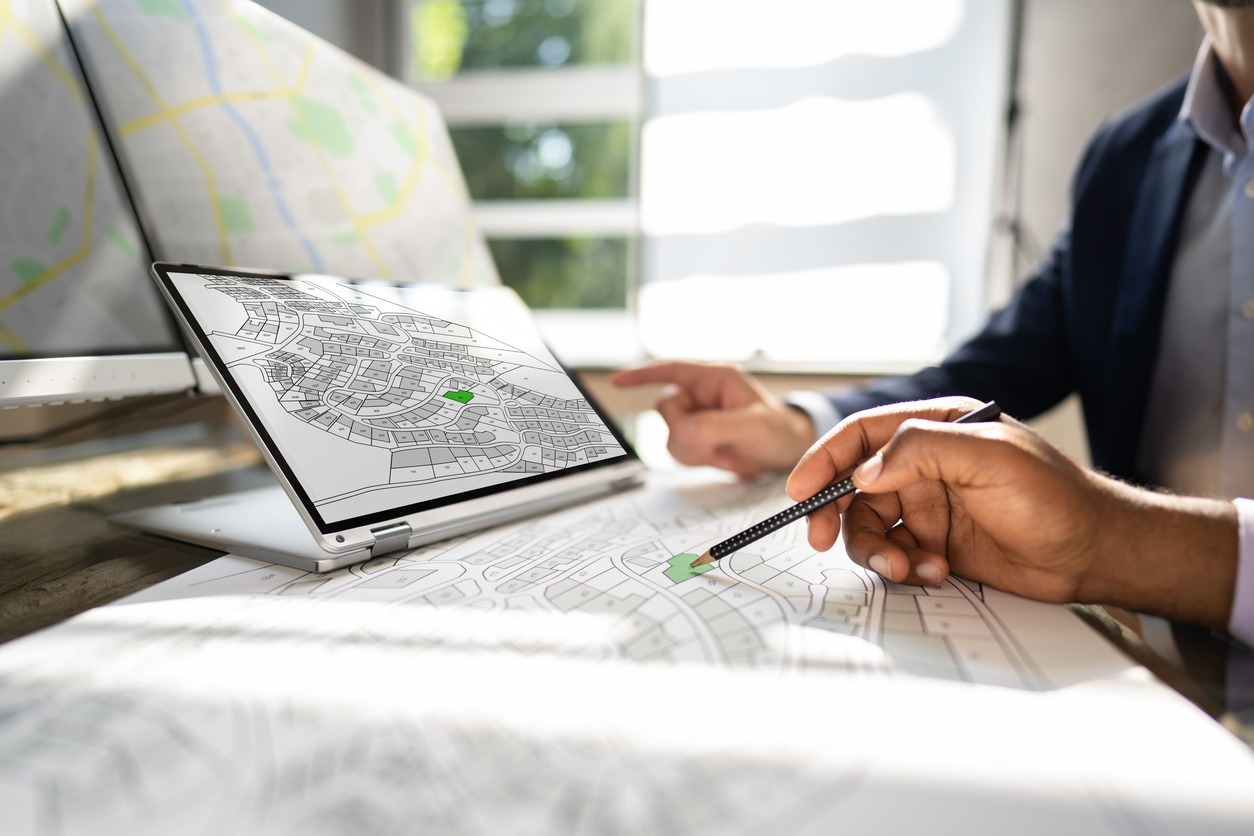The Big Apple is always under construction. Urban planners must keep up with the growing population’s constant need for housing, public spaces and transportation. Local Law 97 will affect some of those development plans well into the future. Read a summary of the law to learn how it’s changing New York City’s real estate and how urban planners will adapt to it.
Local Law 97 NYC Summary
Local Law 97 is a 2019 bill addressing the carbon footprint of all existing and new expansive construction within New York City. It sets carbon emissions caps on buildings larger than 25,000 square feet, which accounts for 41% of commercial structures and 59% of residential real estate.
2024 was the first year the bill set an emissions limit for affected buildings. Property owners who exceeded this threshold by the end of the year must pay $268 per metric ton of carbon dioxide their landholdings generated over the 1.4 kilograms of CO2 per square foot of their building(s).
Local Law 97 Requirements
The law’s requirements will gradually expand through 2050. It also applies differently to residential and government developments. The law has four compliance periods that outline what property owners must do.
- Phase one: Qualifying buildings must meet their carbon limits, as confirmed by annual tests, starting in 2024 and maintain those emissions until the end of 2029. This phase will affect 20% of properties releasing CO2.
- Phase two: Qualifying structures under broader size regulations must meet yearly CO2 limits via emissions tests due every May 1 from 2030 to 2034. This phase will impact 75% of carbon-emitting structures.
- Phases three and four apply to fewer properties issuing high amounts of CO2. They must meet stricter emission regulations between 2035 to 2039 and 2040 to 2049. These will pertain to the last 5% of buildings.
The gradual increase in carbon dioxide restrictions gives people time to renovate their real estate or adjust their ongoing construction plans. However, those who fail yearly emissions tests will pay annual fines. You won’t have to worry about this as a resident living in a small house, condo or rental unit. Still, the resulting fines could increase rent for those in apartment buildings, if the property managers don’t undertake emission-reducing measures.
Potential Effects on Urban Development
Urban planners must build structures that meet emissions limits, so they should consider Local Law 97 requirements along with everyone else. Check out how the law will affect them to understand how developments may adapt in your community.
Existing Buildings Will Need Renovations
Structures over 25,000 square feet may require comprehensive green energy retrofits or alternate compliance measures to avoid fines. While some hotels are already working toward cutting emissions by 66%, due to the World Sustainable Hospitality Alliance’s standards, private and public buildings could require sustainability upgrades.
Your rent might increase, if you live in New York City and your property manager adds tech, like solar panels, or sells to investors interested in high-performing developments. Other urban planning projects could also get delayed to make room for renovation schedules.
Green Energy Sources Will Become More Common
If you read a Local Law 97 NYC summary, you’ll discover there are ways for property owners to avoid fines, if they can’t finish renovations or construction projects within the deadline for their annual emissions tests. Using green energy is one of those mitigation measures.
While you’re reducing the airborne contaminants in your living space, your property manager may adapt their properties to sustainable electricity. Using solar panels can reduce their yearly CO2 emissions results. Urban planners may also switch their developments to power companies supported by hydroelectricity, wind farms and geothermal plants for the same reason. You’ll see these energy forms become common as upcoming urban developments must meet more stringent emissions caps.
Future Construction Will Happen Differently
Whole-building decarbonization measures are foundational to future urban planning projects. They might include sustainable materials selected by green construction companies. The structures could also use things like additional insulation to minimize their electricity usage by effectively maintaining interior temperatures.
Older developments didn’t need to account for Local Law 97 requirements because they didn’t exist before 2019. Moving forward, new structures will need to meet the law’s current emissions caps and prepare for those coming in future decades. Sustainable construction will be a necessary part of any urban development project.
Prepare for the Future of Urban Planning
New York City’s CO2 emissions will shrink significantly over the next 30 years. If you know how the law will affect the structures where you live and work, you’ll understand why eco-friendly renovations are likely occurring around you. You’ll also see why new buildings will look different as they become more sustainable to meet emissions caps through 2050.
Source link
Beth Rush biofriendlyplanet.com


